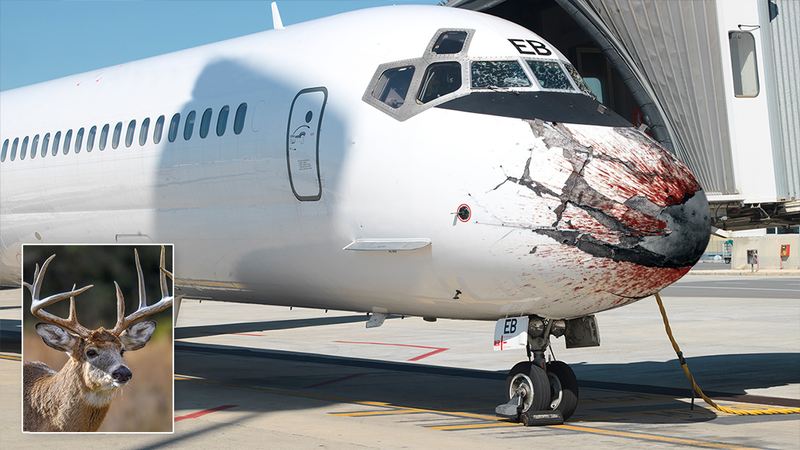Founded in 1932 by Jehangir Ratanji Dadabhoy (JRD) Tata as Tata Airlines, Air India was nationalized in 1953 and returned to the group again in 2021 nearly four months after the Tata Group won the bid. The acquisition of Air India, Air India Express, and Air India SATS Airport Services was completed last month by the Competition Commission of India, who approved the transfer with Talace Pvt Ltd, a wholly-owned subsidiary of Tata Sons. The 100% stake of Air India [AI] was sold to the Tata conglomerate for over Rs18,000 crore. This blog reviews the human factors implications of this acquisition on the operation of Air India, Air India Express, Vistara and Air Asia India and its potential impact on flight safety.
Following paragraphs briefly bring out principal safety dimensions which will be impacted by this acquisition.
Culture
Every organisation has different culture and employee behaviour. Differences could exist between dimensions of individualism/collectivism (achieving individual desires as opposed to to group harmony), power gradient (relationship between subordinates and superiors), and uncertainty avoidance (tolerance to risk and uncertainty). These differences may result in different attitudes/motivation to follow Standard Operating Procedures (SOPs), Operating Manuals, management philosophy and organisation policies.
The professional culture of employees in aviation industry is strong however the satisfaction level is largely determined by the organisation they work for and conditions under which they work. Uncertainty during acquisition, change of culture and professional pride may lead to undue stress or negative attitude and behaviour.
Operations and Errors
Not all errors lead to adverse consequences. However team skills are vital for a safe and efficient operations. Failures may occur due to breakdown of decision making, communication, team organisation and workload distribution rather than technical skills, knowledge or proficiency.
Commercial Factors
Acquisitions are primarily done to improve market share and reduce operational cost. Retrenchments of pay and perks or employees would put management in direct conflict with trade unions. Bringing the existing employees to common shared culture would be time consuming and laborious process. So will be the training of employees towards common operational philosophy, shared goals, Standard Operating Procedure and Crew Resource Management technique.
Crew Resource Management
Aviation industry in India is growing and evolving rapidly. CRM skills are being emphasised during training for various departments like operations, maintenance and dispatch. However over emphasis on CRM may lead to culture in which all error seem to arise from aircraft operations (read flight deck or cabin) rather than management and organisational failures.
Some of the issues discussed above have potential to impact flight safety negatively. These may not surface immediately but may remain dormant for few years also. The management must identify factors that affect safety and take steps to mitigate them.
Congratulations to Government of India and Tata Sons.
Blue Sky always.



